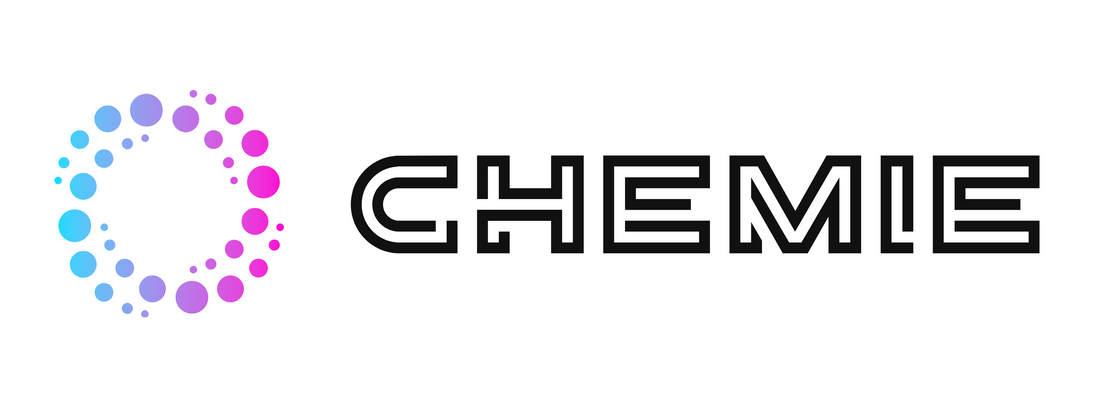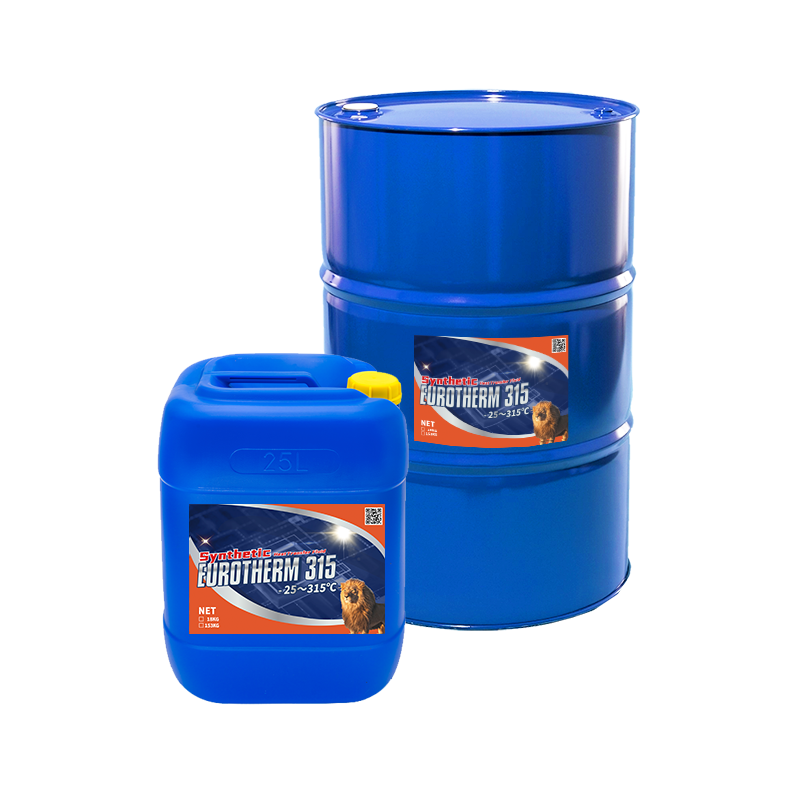10 Simple Techniques For Chemie
Table of ContentsThe Of ChemieThe Ultimate Guide To ChemieThe Facts About Chemie RevealedThe Of ChemieThe Best Guide To ChemieThe Ultimate Guide To Chemie
By Bojanna Shantheyanda, Sreya Dutta, Kevin Coscia and David SchiemerDynalene, Inc. Fluid air conditioning, which can be achieved making use of indirect or straight methods, is made use of in electronic devices applications having thermal power thickness that may exceed safe dissipation via air cooling. Indirect fluid air conditioning is where heat dissipating digital elements are physically divided from the fluid coolant, whereas in instance of direct air conditioning, the components are in direct call with the coolant.Nonetheless, in indirect cooling applications the electrical conductivity can be important if there are leaks and/or spillage of the liquids onto the electronics. In the indirect cooling applications where water based fluids with rust inhibitors are generally utilized, the electrical conductivity of the liquid coolant mostly depends on the ion focus in the fluid stream.
The increase in the ion concentration in a shut loophole liquid stream might occur as a result of ion seeping from metals and nonmetal components that the coolant liquid touches with. During procedure, the electrical conductivity of the liquid might increase to a level which might be unsafe for the cooling system.
How Chemie can Save You Time, Stress, and Money.
(https://medium.com/@betteanderson_37015/about)They are bead like polymers that are qualified of exchanging ions with ions in an option that it touches with. In the here and now job, ion leaching tests were carried out with various metals and polymers in both ultrapure deionized (DI) water, i.e. water which is treated to the highest degree of pureness, and reduced electrical conductive ethylene glycol/water blend, with the measured adjustment in conductivity reported with time.
The examples were enabled to equilibrate at area temperature for 2 days prior to taping the initial electric conductivity. In all examinations reported in this study fluid electrical conductivity was measured to an accuracy of 1% making use of an Oakton disadvantage 510/CON 6 series meter which was adjusted prior to each measurement.
Chemie - An Overview
from the wall surface heating coils to the facility of the furnace. The PTFE sample containers were placed in the furnace when steady state temperature levels were gotten to. The test configuration was gotten rid of from the furnace every 168 hours (7 days), cooled down to space temperature with the electric conductivity of the fluid measured.
The electric conductivity of the fluid sample was kept track of for a total amount of 5000 hours (208 days). Number 2. Schematic of the indirect shut loop cooling down experiment set up - dielectric coolant. Table 1. Parts used in the indirect shut loop cooling experiment that touch with the liquid coolant. A schematic of the experimental setup is displayed in Number 2.

Chemie Fundamentals Explained
During operation the fluid storage tank temperature was maintained at 34C. The change in liquid electric conductivity was kept an eye on for 136 hours. The fluid from the system was gathered and stored. Closed loophole test with ion exchange resin was brought out with the very same cleaning treatments employed. The first electrical conductivity of the 230ml UP-H2O in the system determined 1.84 S/cm.

0.1 g of Dowex material was contributed to 100g of fluid examples that was taken in a separate container. The combination was mixed and transform in the electric conductivity at area temperature was determined every hour. The gauged modification in the electric conductivity of the UP-H2O and EG-LC examination liquids including polymer or steel when engaged for 5,000 hours at 80C is shown Number 3.
Chemie Things To Know Before You Buy
Figure 3. Ion leaching experiment: Measured change in electric conductivity of water and EG-LC coolants including either polymer or metal samples when submersed for 5,000 hours at 80C. The outcomes show that metals contributed less ions into the fluids than plastics in both UP-H2O and EG-LC based coolants. This might be due to a slim metal oxide layer which may function as an obstacle to ion leaching and cationic diffusion.
Fluids consisting of polypropylene and HDPE exhibited the most affordable electric conductivity modifications. This might be due to the brief, stiff, straight chains which are less likely to add ions than longer branched chains with weaker intermolecular pressures. Silicone also carried out well in both examination liquids, as polysiloxanes are typically chemically inert as a result internet of the high bond power of the silicon-oxygen bond which would protect against deterioration of the product into the liquid.
The Greatest Guide To Chemie
It would be anticipated that PVC would certainly generate similar results to those of PTFE and HDPE based on the similar chemical structures of the materials, nevertheless there may be various other pollutants existing in the PVC, such as plasticizers, that may impact the electric conductivity of the fluid - inhibited antifreeze. Furthermore, chloride groups in PVC can also leach right into the test liquid and can trigger a boost in electric conductivity
Buna-N rubber and polyurethane revealed indications of destruction and thermal decomposition which recommends that their feasible energy as a gasket or glue product at greater temperatures could bring about application issues. Polyurethane totally disintegrated right into the examination fluid by the end of 5000 hour examination. Figure 4. Before and after photos of steel and polymer examples immersed for 5,000 hours at 80C in the ion leaching experiment.
Measured change in the electrical conductivity of UP-H2O coolant as a function of time with and without resin cartridge in the shut indirect air conditioning loophole experiment. The measured change in electric conductivity of the UP-H2O for 136 hours with and without ion exchange material in the loop is shown in Number 5.